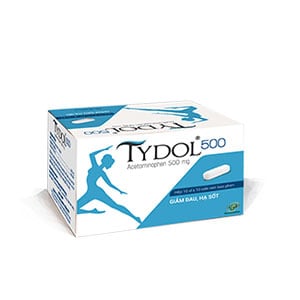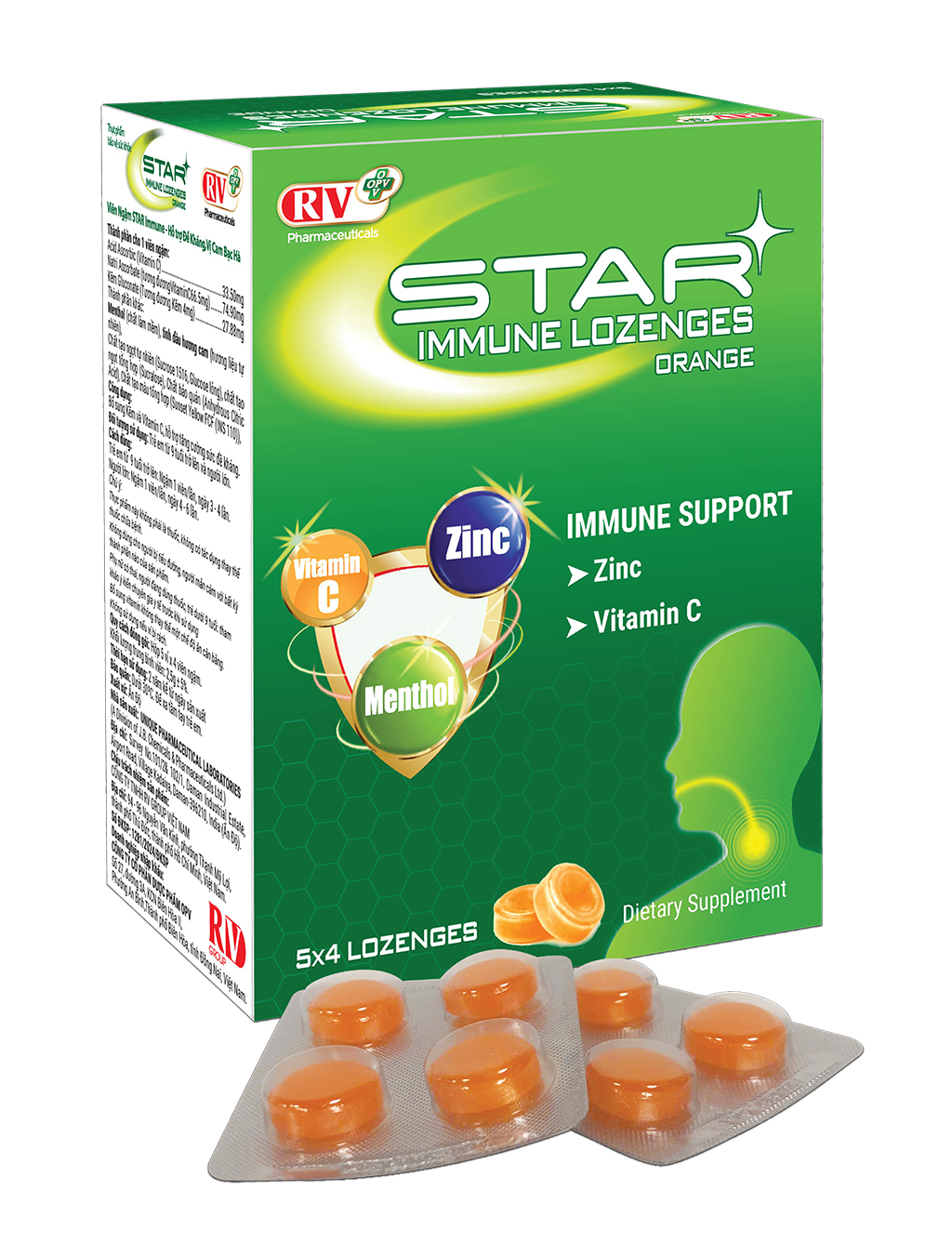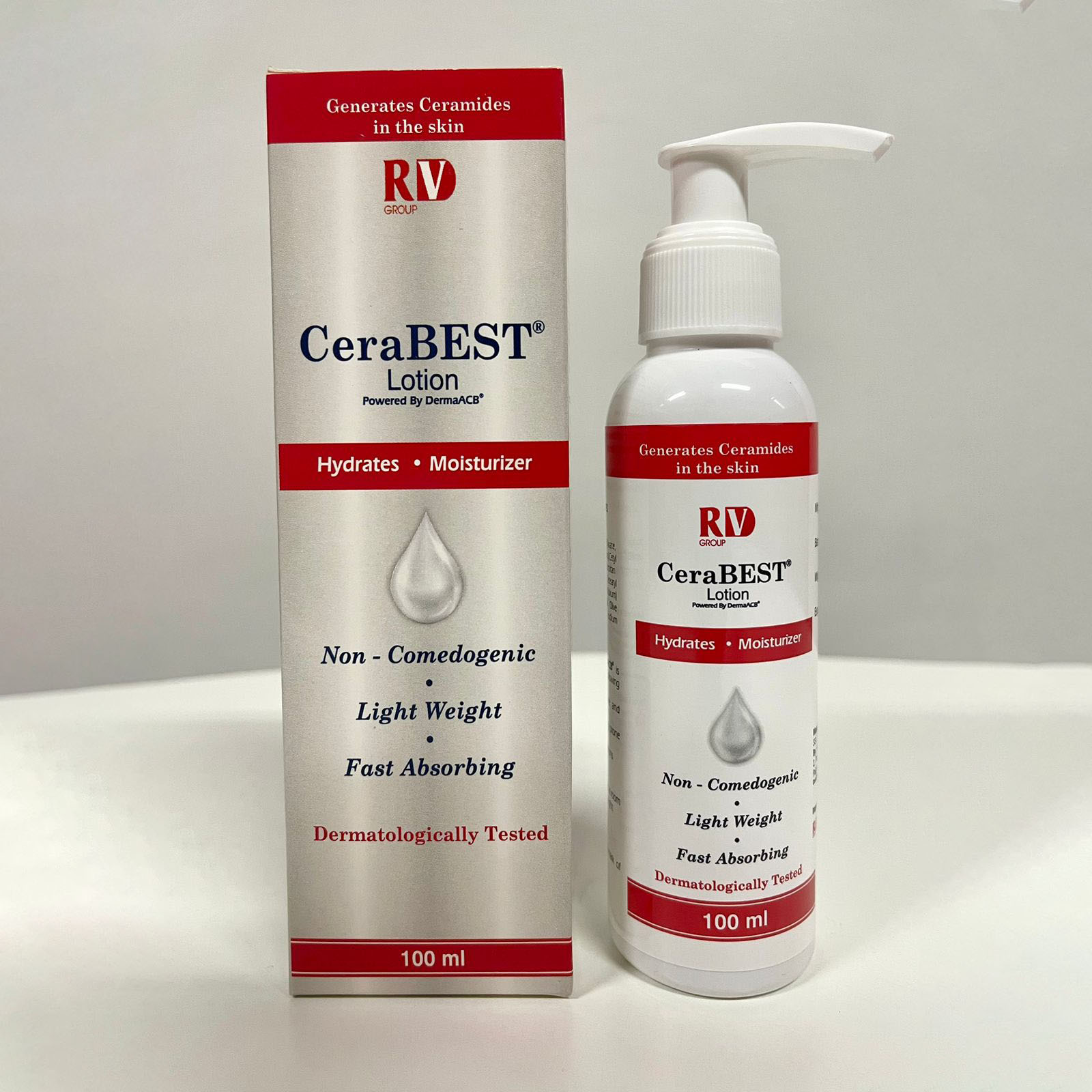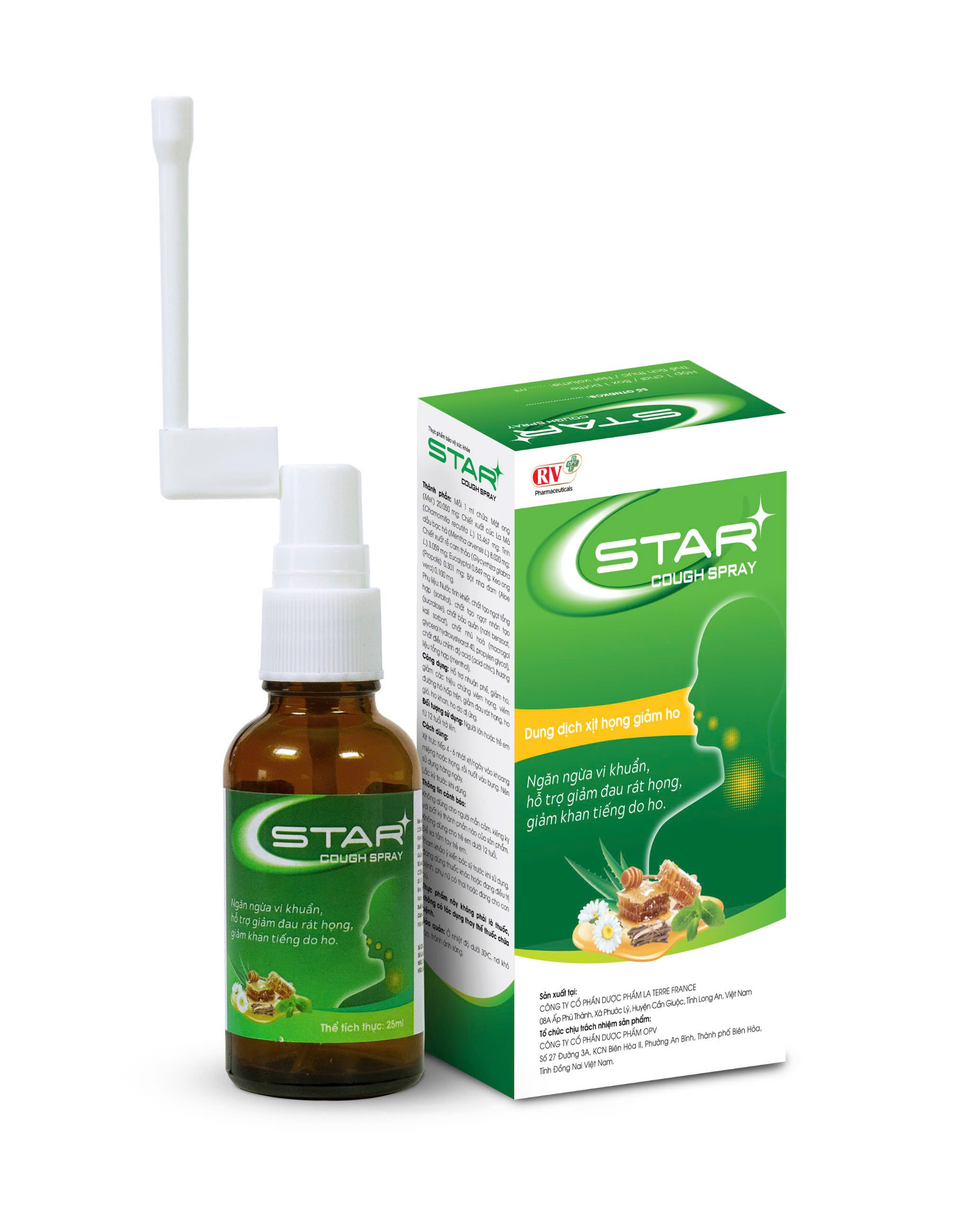TYDOL® 500
Acetaminophen 500 mg
Film coated tablet
COMPOSITION: Each film coated tablet contains:
– Active ingredient: Acetaminophen…………………….…500 mg.
– Other ingredients: Maize starch, pregelatinized starch, methyl hydroxybenzoate, magnesium stearate, talc, povidone K30, sodium starch glycolate, colloidal anhydrous silica, gelatin, opadry II white.
DESCRIPTION OF PRODUCT
Biconvex, oblong shaped, white, film coated tablet, printed with “Tydol 500” in black on both sides, the tablet is integrity.
PHARMACODYNAMICS:
Acetaminophen is used to relieve pain and reduce fever effectively, it may replace aspirin; however, acetaminophen is ineffectively used to treat inflammation. Acetaminophen has effects to relieve pain and fever about as well as aspirin after an equivalent dose. Acetaminophen reduces body temperature in fever patients but it rarely reduces body temperature in normal people. Acetaminophen has rarely effects on cardiovascular and respiratory system after an oral dose. It has no changes of acid-base balance, it does not cause irritation, stomach bleeding or erosion compared to use of aspirin or salicylate. The toxicity in overdosage with acetaminophen is thought to be the production of a metabolite, N-acetyl-p-benzoquinoneimine in the liver. The usual dose, acetaminophen is well tolerated without serious side effects as aspirin. Acute oral overdosage with acetaminophen (above 10 g) may cause severe hepatocellular necrosis or death.
PHARMACOKINETICS:
Acetaminophen is readily absorbed from the gastrointestinal tract with peak plasma concentrations occurring about 10 to 60 minutes after oral dose. Acetaminophen is distributed into most body tissues. It crosses placenta and is present in breast milk. Plasma protein binding is negligible at usual therapeutic concentration but increases with increasing concentrations. The elimination half-time varies from about 1 to 3 hours. Acetaminophen is metabolised predominantly in the liver and excreted in the urine mainly as the glucuronide (about 60 – 80%) and sulphate (about 20 – 30%) conjugates. Less than 5% is excreted as unchanged acetaminophen. A minor (below 4%) metabolite is usually produced in very small amounts by cytochrom P450. It is usually detoxified by conjugation with glutathione but may accumulate after acetaminophen overdosage.
INDICATIONS:
Acetaminophen is a mild to moderate analgesic and antipyretic.
Acetaminophen is indicated for:
– Relief fever
– Treatment of mild to moderate pain including: headache, pain in cold and flu, sore throat, dysmenorrhoea, pain after vaccination or tooth extraction, toothache, migraine, pain of osteoarthritis.
ADMINISTRATION AND DOSAGE:
Oral route.
Dosage:
Do not use acetaminophen of pain relief in adults more than 10 days or more than 5 days in children, unless by the physician guides.
Do not use acetaminophen for self-treatment to self-treat a high fever (over 39.5oC), fever prolonged for more than 3 days, or recurrent fever in adults and children, unless by the physician guides.
Every 4-6 hours as necessary.
– Adults and children > 12 years old: 1 – 2 tablets. Do not exceed 8 tablets in 24 hours.
Minimum dosing interval: 4 hours.
CONTRAINDICATIONS:
Hypersensitivity to acetaminophen, patients with anemia, cardiopathy, pneumopathy, renopathy, lacking G6PD; impaired hepatic function.
WARNING AND PRECAUTIONS:
Special precaution and warning when using medication containing Acetaminophen: The doctor must warn the patients about the symptoms of serious skin reactions including: Stevens-Johnson Syndrome (SJS), toxic epidermal necrolysis (TEN), or Lyell Syndrome, acute generalized exanthematous pustulosis (AGEP).
Consult your doctor if symptoms persist or in case of severe liver or kidney impairment.
Patients with phenylketonuria, aneamia, alcoholic.
Should not be used with other products containing acetaminophen.
- Pregnancy and lactation: Acetaminophen is Category B.
The safety of acetaminophen when used in pregnant women is unidentified. In breastfeeding women, no adverse effect has been found in infants. Acetaminophen should be used during pregnancy only if clearly needed.
- Effects on ability to drive and use machines: None known.
SIDE EFFECTS:
Uncommon, 1/1000 < ADR < 1/100:
Rash, nauseas, vomiting, blood dyscrasias (neutrophils, blood cells and leukocyte), anemia, renal impairment, prolonged use of acetaminophen may cause renal toxicity.
Rarely, ADR < 1/1000:
Such hypersensitivity reactions.
In case of an unexpected reaction, consult your physician.
INTERACTIONS:
Used high dose of acetaminophen may enhance anticoagulant of courmarins and indanediones.
Concurrent use of acetaminophen with phenothiazin may reduce serious fever.
Anticonvulsants (include phenytoin, barbiturate, carbamazepin), isoniazid may increase the hepatotoxicity of acetaminophen.
OVERDOSE AND TREATMENT:
Symptoms: Nausea, vomiting, anorexia, pallor, abdominal pain.
Acetaminophen overdose can lead to liver failure. The very large overdose of up to 10 g or more of acetaminophen (less than in alcoholic) in a single administration in adults and above 150 mg/kg of bodyweight in a single administration in children, cause hepatic cytolysis to induce complete and irreversible necrosis, the metabolic acidosis and encephalopathy which may lead to coma or death.
Emergency management:
Early diagnosis is very important in the treatment of acetaminophen overdose. In case of severe poisoning, supportive treatment is necessary. Gastric lavage is recommended in all cases and the best management is within 4 hours after administration. The main detoxication therapy is use of sulfhydryl compound, maybe partial effect is due to supplement of glutathione reserve in the liver.
N-acetylcysteine has effect by oral or intravenous injection. It should be immediately given if the overdose has been taken within 36 hours since ingestion of acetaminophen . Before administration, N-acetylcysteine solution is diluted with water or soft drinks to get a solution of 5% and it should be taken within 1 hour after making. Giving N-acetylcystiene with initial dose is 140 mg/kg, should then be given 70 mg/kg every 4 hours for 17 doses. The treatment is usually discontinued if acetaminophen test in plasma has shown that risk of hepatic damage is low.
PRESENTATION:
Box of 1 blister x 10 film coated tablets.
Box of 10 blisters x 10 film coated tablets.
Storage: Store at temperature below 300C, in a dry place, protect from light.
Shelf-life: 48 months from manufacturing date. Do not use after expiry date.
DATE OF REVISION OF PACKAGE INSERT:





